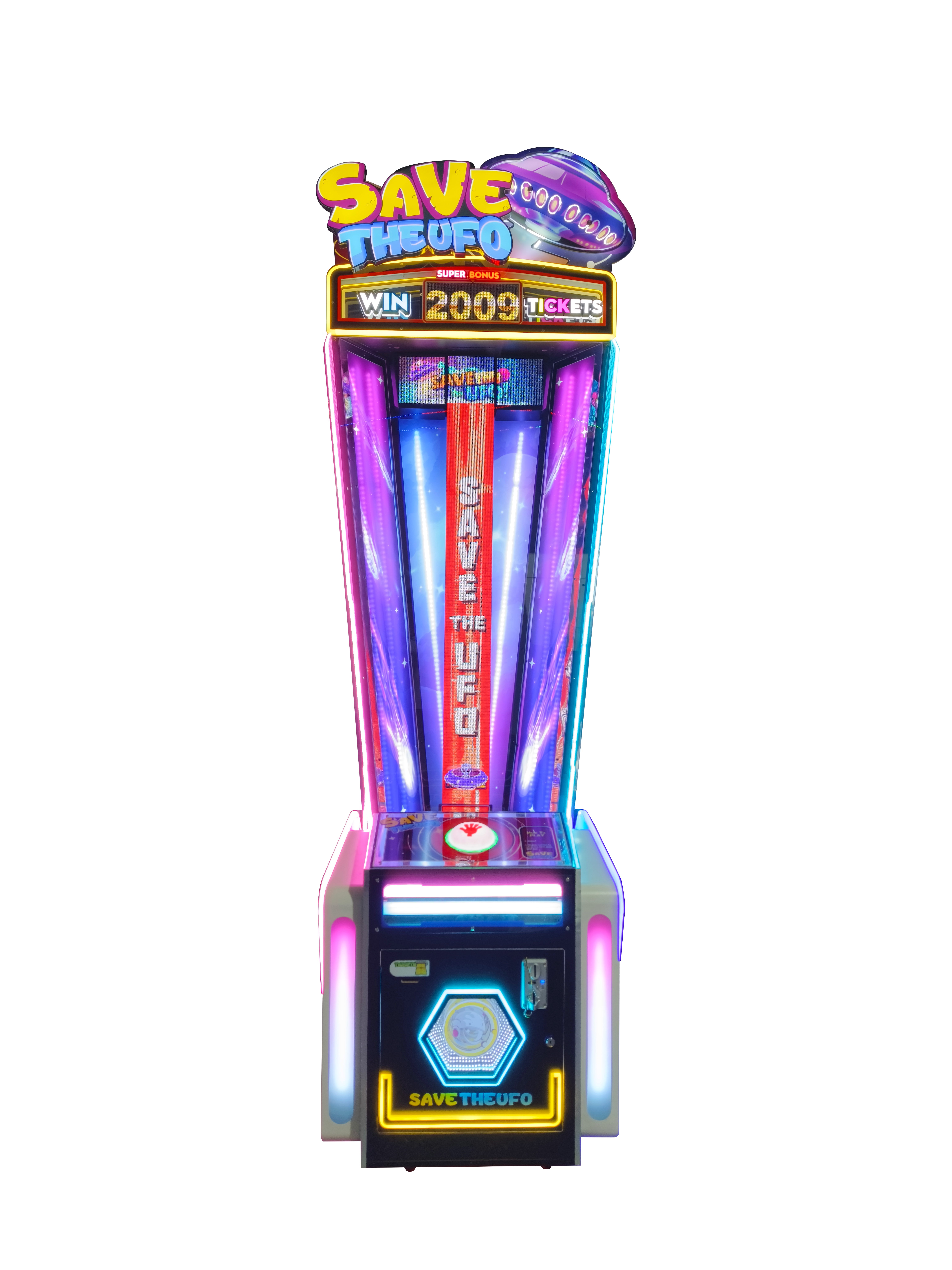The original coin-operated machine was the claw crane, which reached a peak in popularity in America in the 1930s, so these have nearly a century of documented abuse. They started completely mechanical and were mostly manually operated by players controlling the claw arm via a knob in the earlier days. Operating the gun became much more user-friendly in the 60’s when electric technology was incorporated. In the 1980s, prize probability control machines were developed and released, which encouraged the spread of claw machines to become commercialized. They say more than 100,000 claw machines are newly introduced to the Japanese market each year, with hundreds of billions of yen reaped in annual sales.
Table of Contents
ToggleEarly Mechanical Claw Machines
Claw machines have their roots in the 1930s in the United States, and those are actually miniature crane models first created. They were not designed originally as games but rather as demonstrations and simulators of the principles of operating cranes. Players turned knobs to close the claw around objects, and playing well was based solely on how well a player’s skill and luck could line up. The equipment quickly caught on at early shows and eventually became games of amusement.
In the early days of claw machines, the mechanics were extremely engaging which appealed to most people, especially boys who like machinery and engineering. Because of their mechanical simplicity and long-term franchising, they spread quickly throughout the United States to become mainstays in amusement arcades, pool halls and bars. In any case, those initial claw machines were predominantly mechanical and did not require a player to control the destructor by all accounts expertly; returning me on those quick motions will never fix anything design control of stamping steel pole-like arm as well.
This simplicity of design was, necessary to confer upon them some residual social character. If players did end up getting together, they would spend time discussing techniques, and at times, competition was born. This mechanical sensation from that era, so far removed from the sophistication of modern machinery yet basic, somehow brought raw satisfaction in an industrial mechanic’s less developed age.
The Rise of Electric Claw Machines
With the continuous progress of electrification technology in the 1960s, operations changed from manual to electric. At the same time, the operation of an electric claw machine is more convenient for players, and players only need to press a button to control the action of the claw, which greatly reduces manual linkages and significantly improves game smoothness and efficiency.
Introduced electrification not only increased the thrill factor but also facilitated the maintenance of claw machines. This also allowed merchants to change prizes quickly, set the machine up in different ways and make the machines last longer. Gaming improved, the number of interested in mechanical operation was no longer just swelling, part of the player group were more and more children and female players.
Electric claw machines also brought some cultural changes(format changes). Claw machines began to attract families due to the simpler operation and that made it an indispensable part of family entertainment. Claw machines also became this interactive, albeit romantic, activity for young couples to do while on dates. Particularly in different countries, claw machines became attached to their popular culture more and more, walking into arcades or shopping malls’ street corners, trailing after entertainment consumption trends.

The Commercial Development of Claw Machines
During the 1980 and throughout the 1990s, claw machines enjoyed unprecedented commercial development in countries like Japan(dm), where they became exceedingly popular. This is when the large market companies got into the game of mass-producing claw machines and introducing designs that were based on popular demands in culture. Claw machines aren’t just confined to plain-old grabs; rather, they were thoroughly merged with cultural elements, including countless cartoon heroes and anime figures, which could catch the eye of a player. This design allowed to largely increase the flow of pedestrians in ways from arcades and shopping malls.
Internally, more and more complex designs were emerging, including electronic controls with probability mechanics in the claw machine, allowing the operator to manipulate win rates of prizes and tactically boost profitability. While making the claw machines more exciting for players, these probability control systems enabled merchants to maintain a cost balance as well as a revenue balance, turning the claw machine into an awesome business tool.
The commercialization process also paid more attention to player experience in claw machine design. Merchants added more prizes and altered difficulty levels to make sure no player ever went away empty-handed, thus ensuring a better win rate among players. This was a period in which claw machines were not so much toys but symbols of how payouts worked! Claw machines were particularly successful in shopping centers, where low-cost and high-revenue operations regarding claw-type games soon made them a standard aspect of the modern mall and entertainment area.
The Development Timeline of Claw Machines
| Time Period | Development Stage | Main Features | Cultural Impact |
|---|---|---|---|
| 1930s | Mechanical Claw Machines | Manual operation, simple mechanical structure, skill and luck-based play | Attracted mechanical enthusiasts, became part of exhibitions and amusement parks |
| 1960s | Rise of Electric Claw Machines | Electric operation, button control, easier operation and maintenance | Attracted more children and families, became entertainment fixtures in malls |
| 1980-1990s | Commercialization of Claw Machines | Introduction of electronic controls and probability mechanisms, merchants adjusted win rates to increase profits | The rise of claw machine culture in some countries, driving entertainment trends |
| After 2000 | Digital Claw Machines | Introduction of touchscreens, mobile payments, and remote control features | More intelligent and convenient, integrated into modern digital payment systems |








